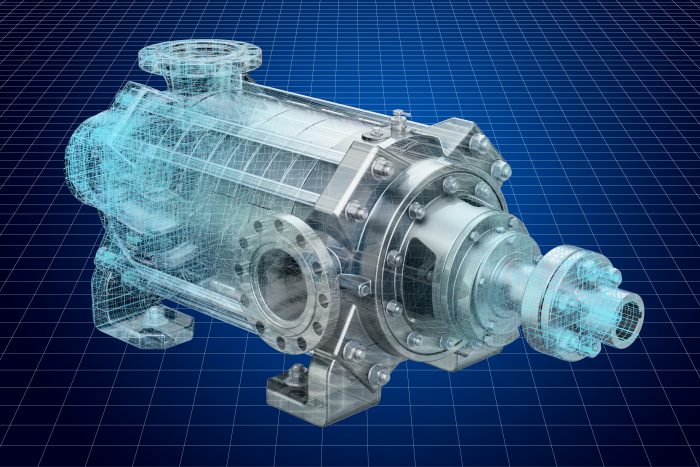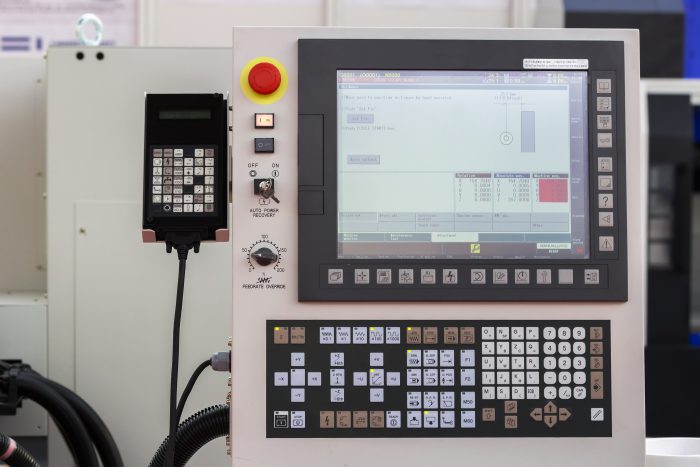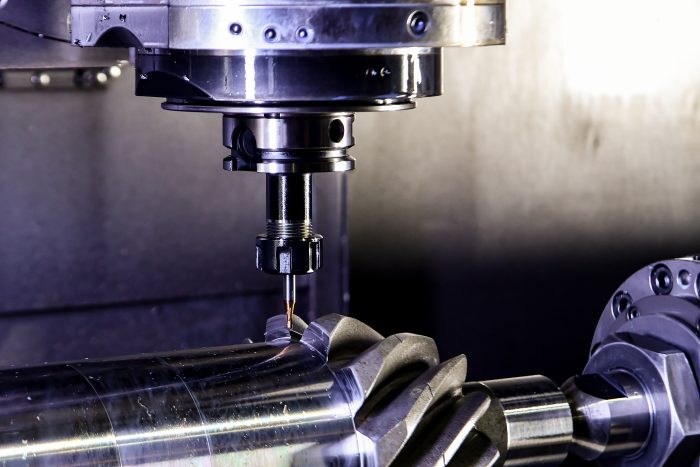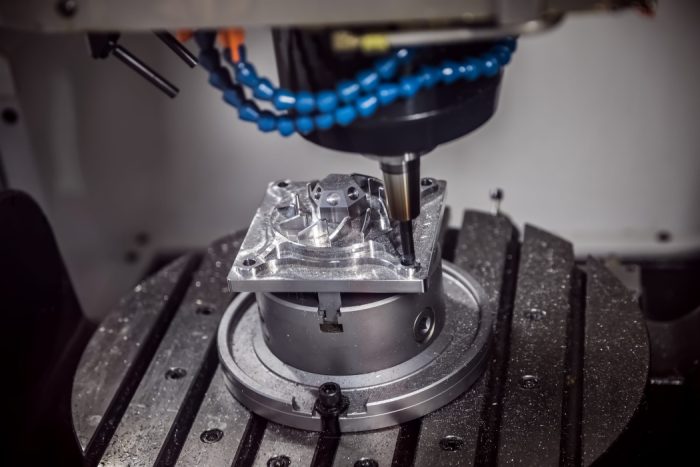Many businesses use CNC machining to benefit from its ability to produce parts quickly and with high precision. However, although the process appears relatively simple, it needs a lot of work behind the scenes. It’s important to understand what CNC machining is and how programming works. Converting concepts and designs into their final shape involves several stages, instructing machines to mill, grind, and cut components. CNC programming lies at the heart of this process and requires specialised software and experts who understand how to use it.
What is CNC programming?
In short, CNC stands for Computer Numerically Controlled programming, where computer instructions control and operate a CNC machine and tooling. Using powerful software, designers and programmers convert the dimensions and characteristics of an object held in a digital file into a numerical set of instructions that the machine can understand.
The CNC instructions control, automate, and monitor the machine, laying out the precise movements and sequence of actions needed to remove material from a blank and leave the finished design. Some of the tools controlled by CNC machines include:
- Mills
- Lathes
- Routers
- Grinders
- Drills
- Lasers
- Water-jet cutters
- Sheet metal stamping
With these tools, the machine dutifully cuts and shapes the material with exceptionally high precision.
CNC Software
Although the basic CNC process is easy for an experienced programmer, several steps are involved when translating the initial design into the machine instructions. Each of these requires different software and a slightly different set of skills.
CAD – Computer-Aided Design
At the start of the process, designers use CAD software to create a two or three-dimensional design of the final component. This includes the dimensions, materials, and any other necessary information that the CNC machines will need.

CAE – Computer-Aided Engineering
For some components, the operator may perform some additional analyses on the component with Computer Aided Engineering software. This can optimise the performance of components under a range of conditions, although most components do not require this additional stage.
CAM – Computer-Aided Manufacturing
With the design complete, a programmer translates the CAD template into a CAM design, converting it into the final CNC file that gives a set of instructions to the machine. Some software packages now include both CAD and CAM, streamlining the process.
Computer Codes
Diving a little deeper into the world of CNC machine programming, operators use a number of computer codes to provide a list of instructions. These tell the CNC machine when and where to act and which tools to use.
G Code
The G code controls the machine’s geometry, positioning tools and preparing the part for machining. The code instructs the machine where to start, how to move, and when to stop. G Code usually indicates the position of the tool in two or three axes.
M Code
The M code offers an additional set of instructions that control the non-geometrical actions of the CNC machine. For example, the M code turns the machine on and off, determines when to activate the coolant, and instructs the machine to change tools.
Other Codes
Although G and M codes perform most of the work, machines use several additional words/commands. Some of these include:
- S Code – Controls the spindle speed of the lathe
- T Code – Tool number/change
- F Code – Feed rate, especially useful for creating threads on lathes
- D Code – Offset diameter to compensate for tool wear and deflection
Types of CNC programming
Operators use a range of CNC programming instructions that can vary slightly according to the software and the characteristics and complexity of the part. While CNC programming using CAM is particularly common, manual and conversational programming provide alternative methods.
Manual CNC Programming
Manual programming is the ‘old-school’ technique, where the programmer inputs the CNC code line by line. While it is time-consuming and requires an experienced programmer, some companies still use the manual approach for parts requiring exceptional precision. It is also useful for high-volume work where the machine must work along the most precise and efficient path to save time and material.
Conversational CNC Programming
With conversational programming, the operator fills in the CNC instructions using different prompts and gradually builds up the design. This process is quick and requires less knowledge, although it is not always suitable for more complex pieces. In addition, conversational programs do not always translate between different CNC machines, which can prove challenging.
How the CNC machine works
Whichever method the operator uses to develop the CNC code, once it is complete and ready to go, the machine can perform its task. The CNC code controls the motors and drives within the machine, directing it to remove base material to create the desired part.

CNC controlled machines
CNC machines have multiple axes of movement and work in a linear and/or rotary fashion to move the tools into position and perform the action. For example, cutout machines, such as lasers and water jets, need two ‘X, Y’ axes of movement, while a milling machine will have three ‘X, Y, Z’ axes. Many ‘5-axis’ machines also include two additional rotary axes, while 7-axis machines offer high speed and precision for complex parts.
What is CNC programming used for?
Because CNC programming is flexible and can cope with complex shapes, it is particularly suited for designing and manufacturing intricate parts, including:
- Gears
- Fittings
- Ball Joints
- Rollers
- Valves
- Brackets
CNC programming is particularly useful for manufacturing prototypes because it is easy to tweak parameters and perform CAE performance tests. CNC machines can cope with various materials, including steel, copper, brass, aluminium, and plastics. This versatility makes CNC programming popular across many industries, including transport, infrastructure, aerospace, construction, and medical goods.

Why use Elite CNC?
CNC programming is a complex process that requires a skilled and experienced team of programmers and operators to convert your ideas into a finished product. At Elite CNC, we have the right programming knowledge to translate your product requirements into CNC code. Using this, our modern machines use to deliver precise parts efficiently and at a highly competitive price. To find out more about how CNC machining and programming can work for you, contact our team today.








